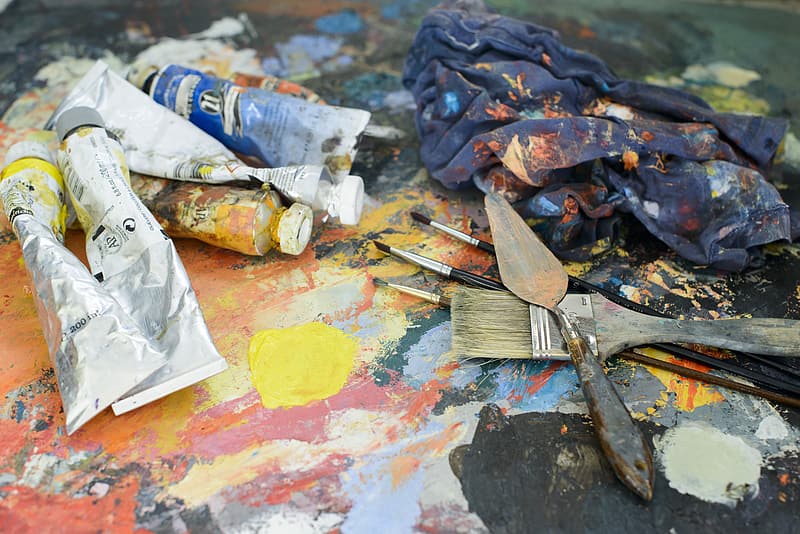Materials and painting supplies are always essential but not the key to success. The best brushes and the best colours will not make you a good artist…and I have learn it the hard way.
So in all the projects I make I’m trying to give some basic instructions in order for you to save time, effort and money.
Regarding painting of simple 3D printed figures a good strategy regarding the choice of thermoplastic is the following
- If this is for you and is ok to be a little fragile use HIPs. HIPs is the best option in terms of results
- If this is for your children use PLA with large infill percentage and minimum 3 external layers
- If your kids get real wild use PET with the same settings as PLA
A general advice for toys meant to be used by children is to select almost solid 3D models with no micro parts. These can easily break and ruin the design or even get swallowed.
In terms of painting materials a good strategy would be:
- Buy and use synthetic brushes that work well with acrylic colours
- You can prime the model in the following ways
- Use a filler spray for metal
- Use the inexpensive liquid putty recipe I’m providing
- Use a acrylic filler and an airbrush
- Don’t prime at all!
- Buy budget acrylic paints of a good brand (e.g. art student grade paints)
- The issues that you will encounter with these kind of paints is coverage. With cheaper acrylic paints you should paint more than one layer of colour to make them opaque
In terms of painting process use the following principles
- Start by blocking in large area of the model that is meant to be painted with a single colour
- Repeat until opaque and move to the next region in terms of size
- Be careful on the joints between regions
- Use solid colours for cartoon style figures (leave techniques such as glazing, dry-brushing, etc. for other creative projects… this is not the appropriate place to get crazy)
- Repeat this process until you have the minute details to print
- Switch to a extra small round brush and fill in the small details
- You are Done!
In the following gallery I’m showing some pictures from intermediate steps. Study them and try to identify the aforementioned information within the pictures.






